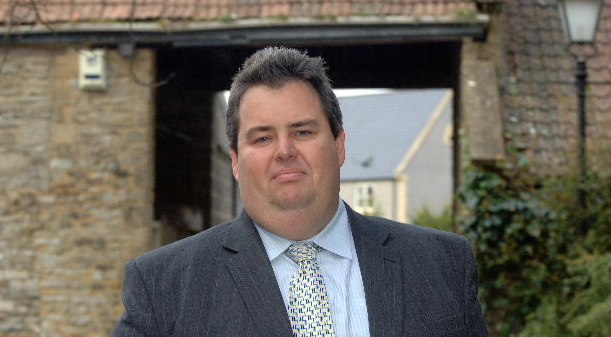
Farmers face considerable uncertainty when planning investment in equipment over the coming years, as likely changes to Capital Allowances could trigger a sharp jump in tax despite reduced profits.
For a number of years, farmers have been able to offset expenditure on eligible plant and machinery against their income, effectively slashing taxable profits, says Mike Butler, senior director of the food and farming team at accountant Old Mill. However, the Government has announced plans to dramatically reduce the current allowance, making it extremely difficult for farmers to plan ahead at a time when incomes are under intense pressure.
“Although falling commodity prices have severely knocked farmers’ incomes this year, it does not necessarily mean that tax liabilities will follow suit,” says Mr Butler. “Many farm businesses have benefited from claiming high Annual Investment Allowances on purchased equipment over the past few years, but tighter cash flow this year is likely to limit such investment, which could in turn lead to the virtual disappearance of tax relief and hence higher than expected tax bills.”
Until 31 December 2015, farmers can claim the AIA on up to £500,000 of qualifying plant and machinery expenditure, enabling many producers to improve farm productivity through much-needed investment. However, from that date the AIA is set to fall – potentially to around £25,000 – although the Chancellor has since suggested that may rise to an unspecified level, heralding a period of great uncertainty.
“As with any tax planning, the key is to look ahead and understand the situation in advance – which under the current circumstances is particularly challenging,” says Mr Butler. “Firstly, you must make sure you have sufficient cash flow to cover potentially higher tax liabilities, and secondly, ensure you are paying tax at the minimum rate.”
Under the current regime, some businesses may consider forming a limited company, to take advantage of the lower small business Corporation Tax rate of 20%, rather than rely on continuous and potentially expensive re-equipping.
“In the past, without AIA claims partners and sole traders may have been exposed to 40% or even 45% Income Tax and 2% National Insurance, yet now be in a position to restructure and pay future tax at 20%,” says Mr Butler. “That is a real tax saving of at least 22%, with the added advantage that cash flows are preserved with less equipment expenditure needed from a tax saving perspective.”
Those seeking to take advantage of the current £500,000 AIA level should be careful how they time their investment, particularly where finance agreements are involved, he warns. “If you are purchasing equipment using finance, the effective date for claiming the AIA is when you bring the asset into use on the farm. If you buy equipment in 2015 and don’t bring it into use until 2016, you will only be able to claim the AIA at its new, potentially lower, rate.”
